The literary and cultural heritage of the Ramayana and Indian classical music are both living traditions and key constituents of the Indian identity. It is indeed impossible to imagine an India, of the past, present or future, without either. Reference to this musical tradition in the Ramayana, the earliest literary work in classical Sanskrit, is therefore a propitious context in which a composite legacy of Music-Literature may be examined. Ramayana has a fundamental association with music. The poet Valmiki is himself present as a protagonist within the Ramayana narration, and initiates Lava and Kusa to render the Ramayana musically. Their music follows the tried and tested ‘Marga style’, the canonical approach of Indian classical music; its earliest references appear first in this first and definitive epic of India. The musical heritage of Valmiki’s Ramayana is being explored and documented in the present monograph for the first time by Dr. Subhadra Desai, a vocalist of Indian classical music and Sanskrit scholar. Subhadra’s research records references in Ramayana of technical terms of music and its principles and practices that apply to Indian classical music even today. The allusions to Gandharva, Marga, Sruti, Svara, Sthana, Murchana, Jati, Karana, Tala, Laya in the Ramayana establish the salient features of music of the epic-era, and relate it to musical traditions of the present time. Valmiki does not confine himself to merely musical terms, he also ascribes value: of discipline, improvisation and emotion, in the preparation for and performance of music. In addition, many other references, such as the music intrinsic in nature, use and significance of a range of musical instruments, and also detailed accounts of interface of music and society, constitute the musical world of Valmiki.
Indian Women Seers and Their Songs: The Unfettered Note
In India as elsewhere in the ...
$61.20
$68.00

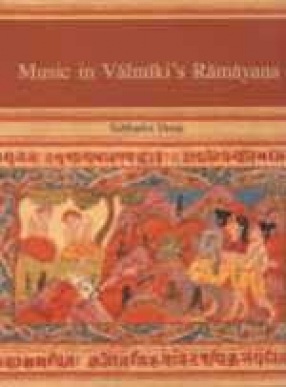
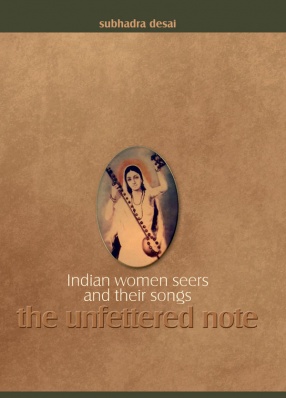
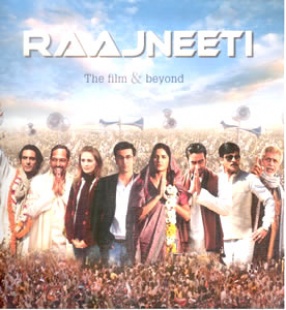
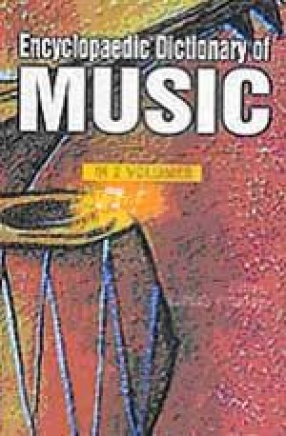
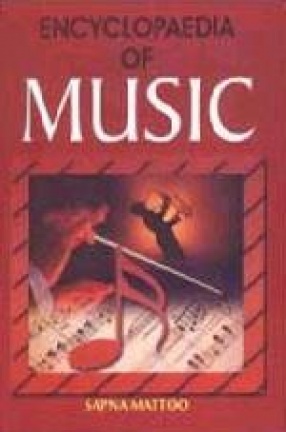
There are no reviews yet.